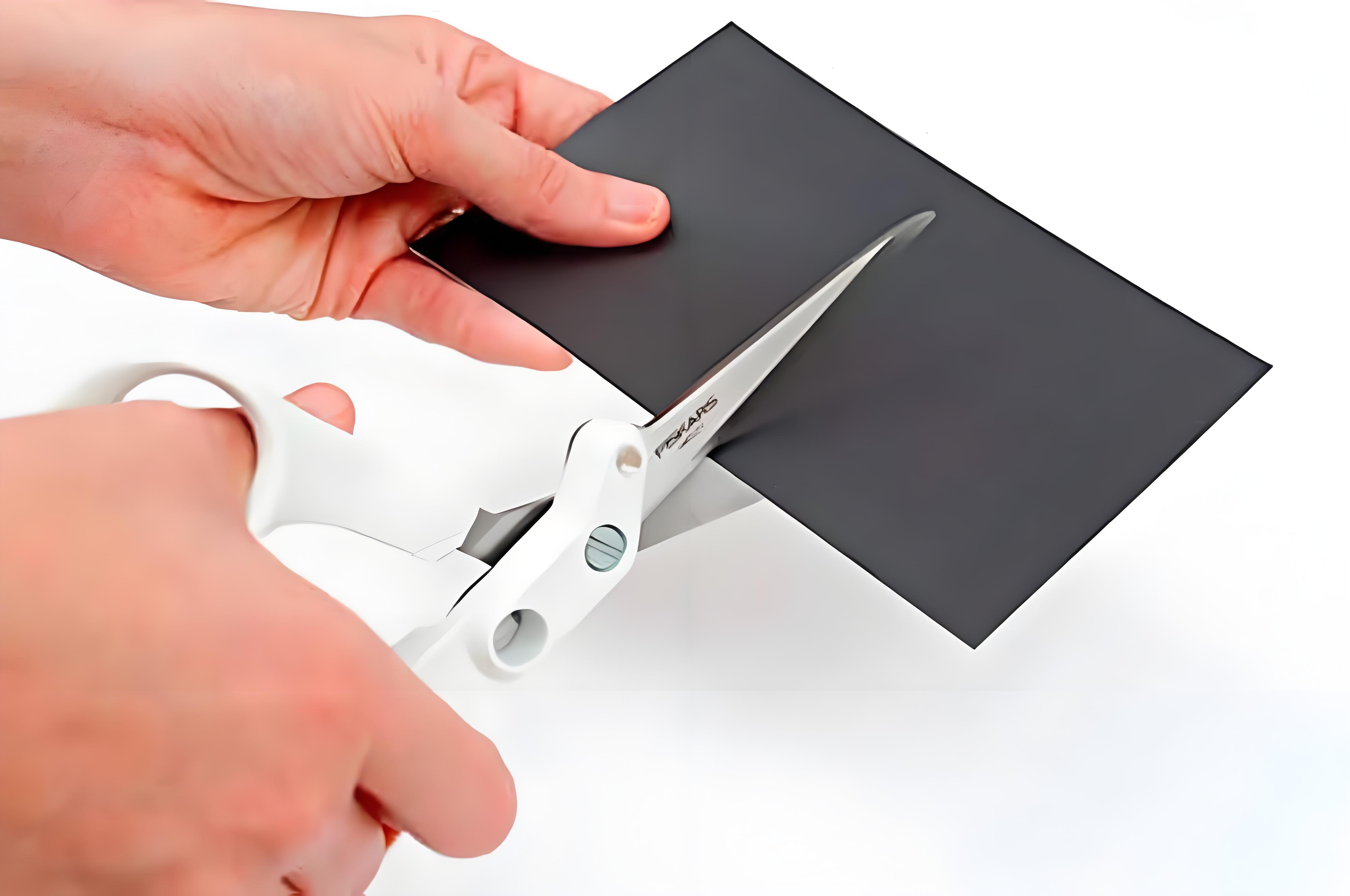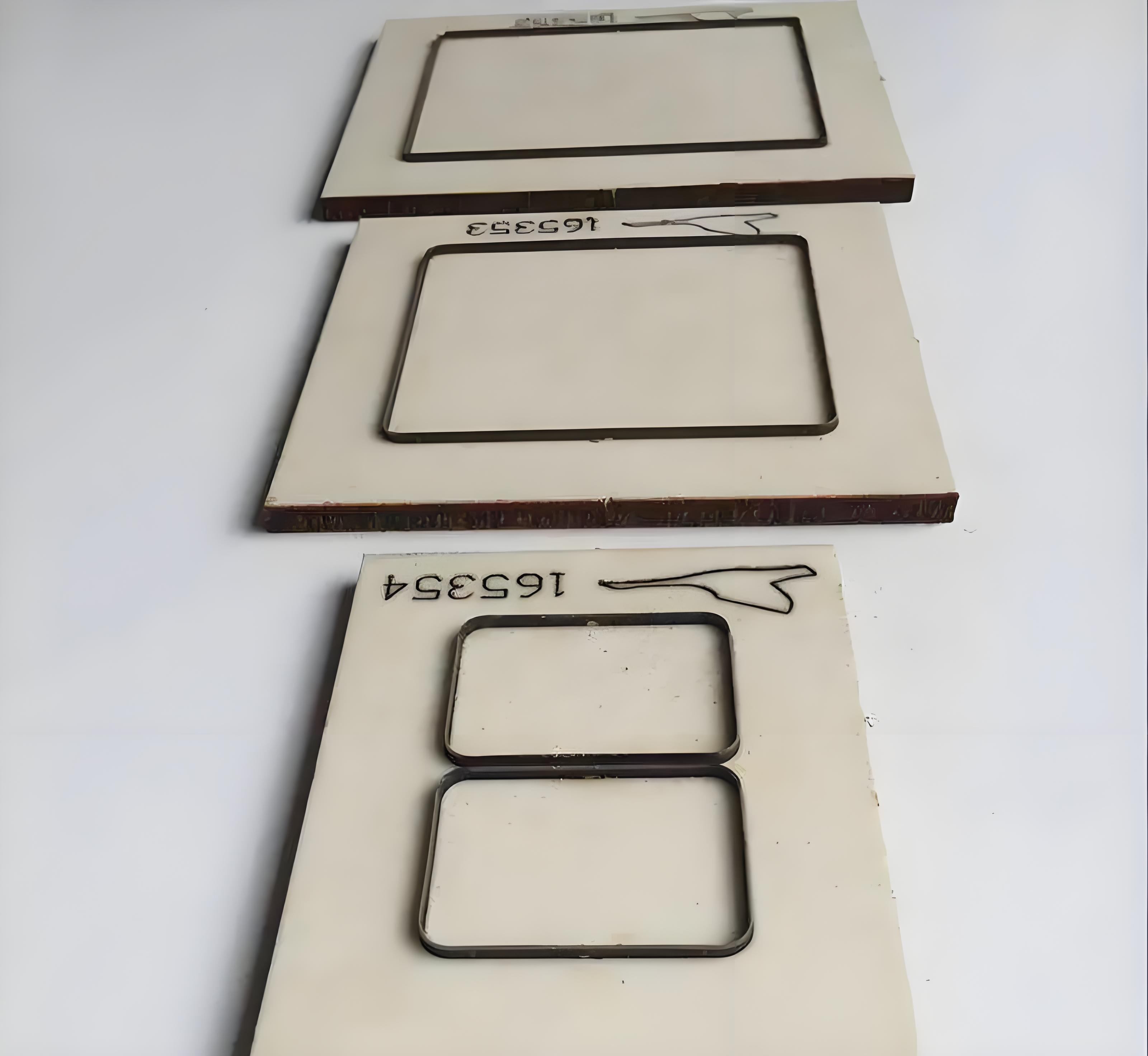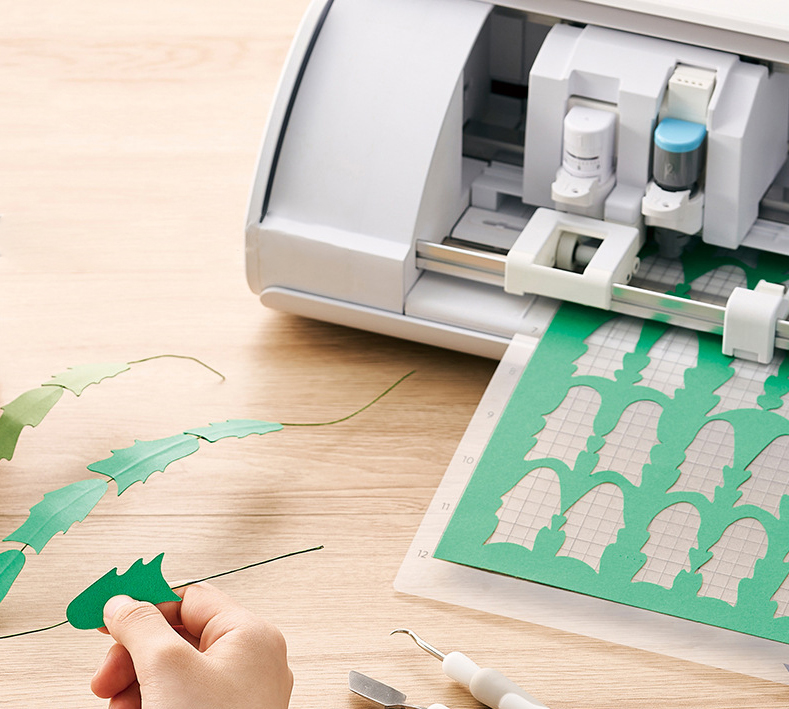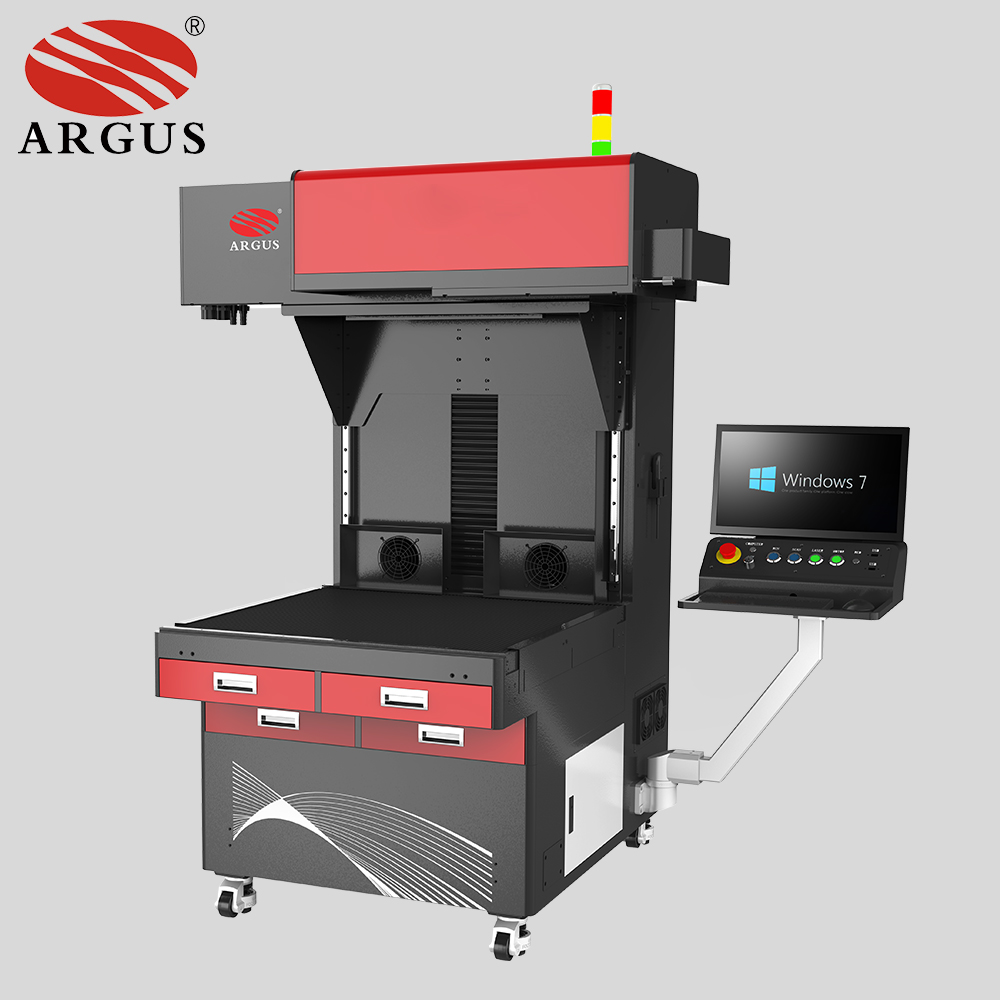
Vinyl is a highly versatile material that combines aesthetics with practicality. Its smooth surface, flexibility, and durability make it an ideal choice for a wide range of applications—from brand logos on footwear to intricate designs on fashion apparel, as well as everyday items and home décor. Due to its excellent customizability, vinyl can be easily cut and shaped, making it suitable for various creative projects.
There are multiple methods for cutting vinyl, ranging from manual techniques to specialized equipment. Below, we will explore these different methods in detail, examining their advantages and disadvantages while providing useful tips to help you achieve the best cutting results.
Manual Cutting: Scissors and Craft Knives
Cutting vinyl by hand using scissors or a craft knife is an accessible method, especially for beginners, though it may have limitations in terms of precision and intricate designs. Choosing a sharp, pointed-tip pair of scissors or a specialized craft knife can significantly enhance cutting quality.
Additionally, using a cutting mat not only protects the work surface but also provides gridlines for improved cutting accuracy. Before working on the final design, it is advisable to test-cut a small piece of vinyl to become familiar with the material’s properties and adjust cutting techniques accordingly.

Template Cutting
For those who wish to create more intricate patterns without investing in professional equipment, template cutting is a cost-effective solution. Using templates ensures design consistency and allows for repeated use, increasing long-term value.
To maximize efficiency, durable materials such as plastic sheets or thick cardboard should be used to create templates. It is also recommended to choose a craft knife with replaceable blades to adjust cutting precision as needed.
To extend the lifespan of templates, laminating them can enhance durability and facilitate cleaning. Additionally, using repositionable spray adhesive can help secure the template in place, preventing slipping and reducing cutting errors. These extra steps can significantly improve the quality of the final cut.

Die Cutting Machines
Die-cutting machines provide a faster and more consistent cutting method, making them an ideal alternative to manual cutting. These machines can handle moderately complex designs but require initial investment and have certain size limitations.
When selecting a die-cutting machine, it is crucial to ensure compatibility with the type of vinyl being used, such as adhesive vinyl, heat transfer vinyl, or thicker vinyl materials. Another key factor is cutting force—the higher the force, the thicker the materials the machine can process.
Additionally, it is important to consider the roll width compatibility of the machine. Devices that accommodate various material widths offer greater flexibility for different projects. Machines equipped with digital control functions allow for precise adjustments, ensuring optimal cutting results.

CO₂ Laser Cutting Machine for Vinyl
When selecting a vinyl laser cutting machine, several key parameters must be considered to ensure optimal performance and productivity. First, CO₂ laser power (typically between 250W and 350W) directly influences the cutting capacity and the maximum thickness of materials that can be processed. Higher power allows for cutting thicker materials and increases cutting speed. Second, cutting precision (usually up to ±0.01mm) determines the accuracy of intricate designs, making it particularly suitable for highly detailed patterns. Additionally, cutting speed (such as completing 88 logos of 48mm × 35mm in 53.8 seconds) is a crucial factor—higher speeds boost productivity, but optimization based on material properties is necessary to prevent burned or deformed edges.
The working area (e.g., a 350W laser can handle material sizes ranging from 500 × 500mm to 800 × 800mm) defines the maximum processing dimensions, so selecting the appropriate size depends on specific production needs. Furthermore, automatic focusing technology enhances operational convenience by ensuring precise cutting for materials of varying thicknesses. Intelligent nesting and automatic waste disposal systems help maximize material utilization, minimize manual intervention, and reduce production costs.
Software compatibility is another vital consideration. Machines supporting multiple file formats (such as DXF, AI, PLT, and SVG) and different operating systems provide greater flexibility in diverse work environments. Some advanced models are equipped with a CCD visual positioning system, which is essential for printed pattern cutting, ensuring precise alignment and improving overall accuracy.
To guarantee optimal performance, we also offer customization services, allowing clients to adjust laser power, processing area, optical path systems, and automation features to meet their specific application needs, thereby optimizing both production quality and efficiency. Additionally, reliable after-sales support and maintenance services are crucial—regular cleaning of optical components, laser path calibration, and cooling system maintenance can significantly extend the machine’s lifespan while maintaining high operational efficiency.
In summary, when selecting a vinyl laser cutting machine, factors such as cutting requirements, production scale, software compatibility, and automation level must be considered to ensure the machine delivers maximum value across different applications.
Click on the pictures to see our products.










































